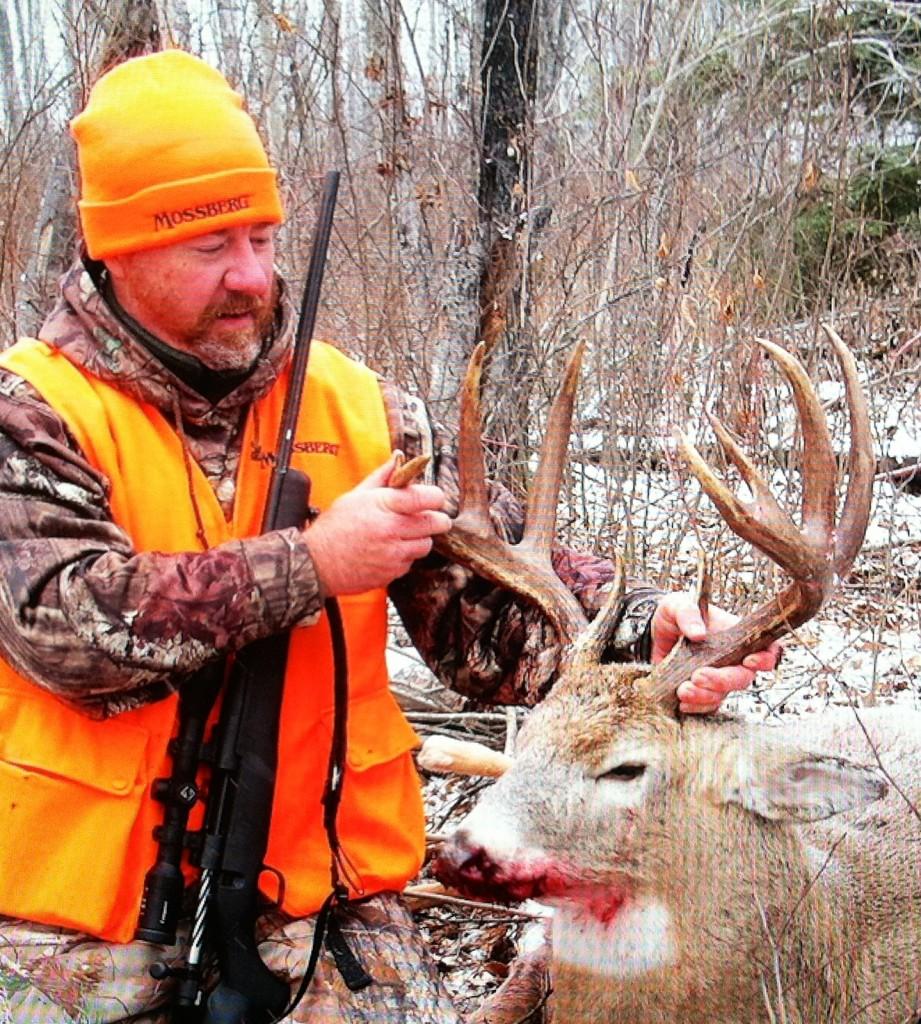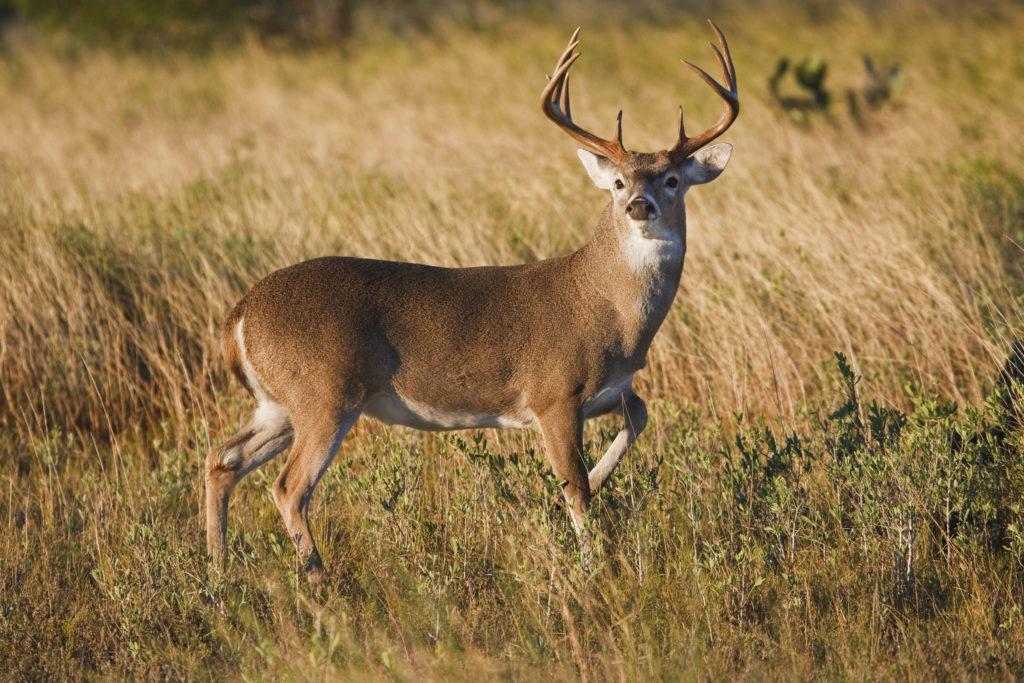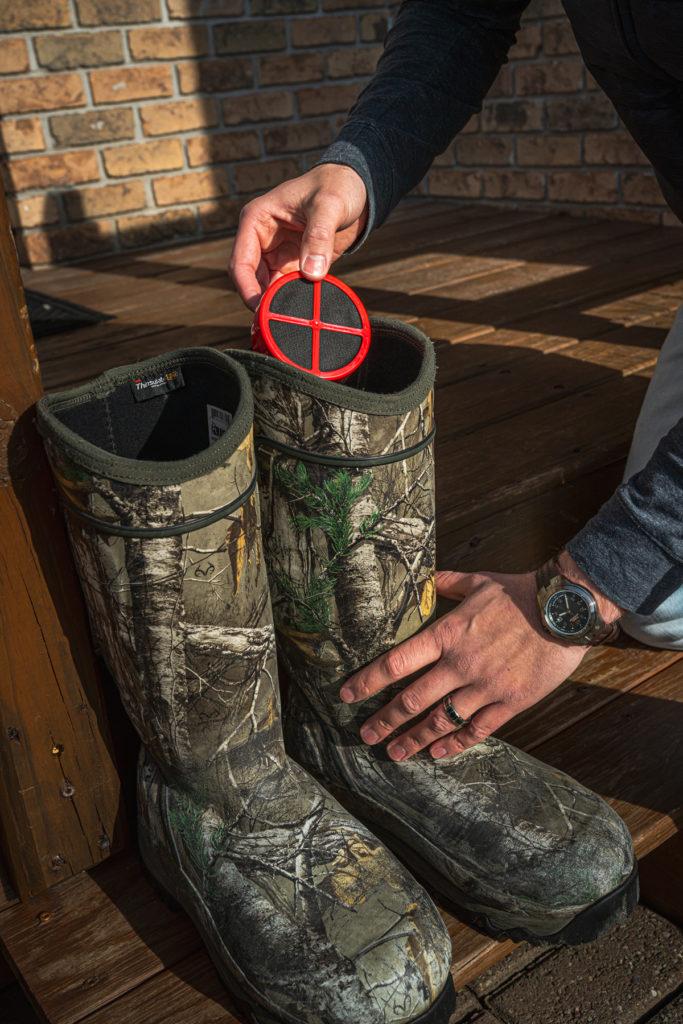If you’re looking for step-by-step instructions on how to cape a deer for a shoulder mount, look no further than this page and, especially, the accompanying video here. Caping a whitetail buck for a shoulder mount is easy if you follow these instructions and take your time. With some practice, you will be able to cape your deer just like Blake Godwin of Outwest Hunting near Venus, Florida (he is the skilled knife man in the video).
No matter how good your taxidermist is, he needs your help to do the best job possible. That’s because the process of creating an excellent trophy whitetail mount begins as soon as the animal is on the ground. What you do from that moment until you get your deer to the taxidermy shop will impact the quality of the finished work.
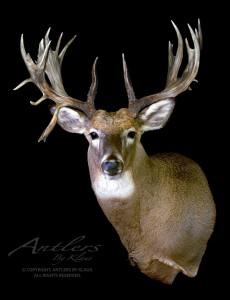 Watching Wade Sehman cape out trophy whitetails in his St. Charles, Iowa, shop, you become aware of just how much extra work is required for a taxidermist when a deer isn’t properly cared for in the field.
Watching Wade Sehman cape out trophy whitetails in his St. Charles, Iowa, shop, you become aware of just how much extra work is required for a taxidermist when a deer isn’t properly cared for in the field.
“Right here — huge problem,” Sehman said, while pointing to the head of a 140-inch buck with precious little hide left below the neck. “People get too aggressive when they cut off the head and they don’t leave enough hide behind the shoulders. Like I always tell hunters, ‘I can trim away extra hide, but I can’t add any.’
“I might be able to salvage this cape, but if not, I’m going to have to find one from another deer. That means extra time and hassle. Everyone wants their deer back quickly, but if I have to spend time looking for another cape, that particular mount is probably going to go to the end of the line.”
“Don’t slit the throat,” Sehman said. “In fact, don’t make any cuts except the ones you need to make during field-dressing. Also, when you open the deer up, don’t cut anything above the sternum. That’s all usable cape.
Knives That Stay Sharp!
“Then, when you’re getting your buck out of the woods, don’t wrap a rope around the neck. If you must use a rope, tie it around the antlers. And if you have to drag him for any great distance, put a jacket under the shoulders. The point is to keep the hide from rubbing on the ground.”
Hunters can do the initial caping. There are only a few basic cuts you need to perform before delivering the head to the taxidermist. Leave the detail work of skinning around the mouth, nose and eyes to the professional.
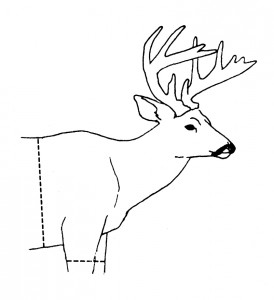 First, use a sharp knife. The cape should start by making a cut through the hide behind the front legs at the midpoint of the ribs, encircling the body.
First, use a sharp knife. The cape should start by making a cut through the hide behind the front legs at the midpoint of the ribs, encircling the body.
Next, slit the skin around the legs just above the knees, and then make a cut on the back side of the legs that meets up with the initial body cut.
Carefully peel the cape up toward the head until you reach the ears and jaw. Now the junction of the head and neck is exposed. About 3 inches below this point, encircle the neck muscles (No more hide cuts!) with a cut all the way down to the spinal column. Grab the antler bases and twist, separating the head (with the attached hide) from the neck.
“At this point you only have two more responsibilities,” Sehman said. “First, keep the hide clean, inside and out. There’s nothing worse than having to pick dirt and gravel out of a hide that someone tossed on the ground.
“Second, get it to your taxidermist right away if you can. But if not, simply roll up the hide and put the whole works in the freezer.”
When you get your finished trophy back from the studio, you’ll be glad you did your part to help your taxidermist do the best job possible.
